Reading time: 5 minutes
The battle for France in 1940 is often portrayed as a rout: the German Wehrmacht simply trounced the French forces within a few weeks, crushing them with military might and tactical ingenuity. However, a few episodes debunk this image and the Battle of Stonne, where a small town in the Ardennes changed hands 17 times in three days, is one of the most prominent.
By Fergus O’Sullivan
The story of the Battle of France is fairly well-known. When the Germans invaded Poland in September 1939, Britain and France declared war, and then did pretty much nothing until May 1940. The French hid behind the Maginot line, figuring its forts and bunkers would be the rocks the German waves would crash upon. To the south and north were the Alps and Ardennes, respectively, two mountain ranges the French imagined the Germans couldn’t cross.
This was a terrible miscalculation, and the French were effectively poleaxed when the Germans came roaring out of the Ardennes via recently conquered Belgium in Fall Gelb (“Case Yellow”). Their main army encircled, the war was over before it even really began. The next few weeks are a story of retreat, rout and abject defeat.
However, what many popular histories gloss over is that the German invasion was a relatively close run thing at some critical points in time. The French army might not all have been state of the art, but it had solid equipment, some excellent leaders and plenty of soldiers motivated to defend their homeland.
The Battle of Sedan
One example of how things could have gone comes from the Battle of Sedan. Sedan is a small town nestled among the slopes of the Ardennes, just a few kilometres from the Belgian border. Because of its location, French high command thought it wouldn’t be likely to be attacked and hadn’t spent much effort in fortifying it.
Most of the French positions were on a ridge behind the town, and thus didn’t realise that the Germans had started to sneak tanks into the town on the night of May 12th, 1940. What they likely didn’t fail to notice was the Luftwaffe bombers who came screaming overhead the next day, pulverizing the defences. This was an almost textbook example of Blitzkrieg, overwhelming the enemy with sheer shock.
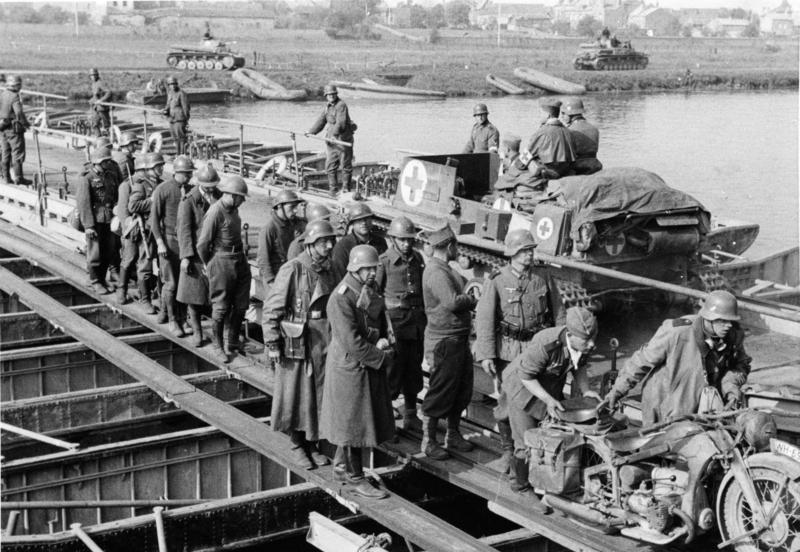
M108/9 14.5.1940 1. Panzer Reg. geht auf Pontonbrücke in Floing über die Maas, bei Sedan [Heeresfilmstelle Spandau-Ruhleben]
However, the French weren’t out of the fight yet and launched a series of counter offensives aiming to stop the German armored divisions. The first few, which were focused on the town of Bulson, weren’t effective, but French commanders soon set their sights on the village of Stonne, where the mountains provided a narrow and extremely defensible gap.
The Battle of Stonne
Stonne is even now a small village and likely wouldn’t have appeared in any history books were it not for its extremely strategic location. Any army barrelling south from Sedan has to pass through the small gap just north of the village.

On May 15th, the Germans managed to take the village, but almost immediately met a French counteroffensive. The fighting around Stonne was fierce, and over the course of the next three days, the town would change hands 17 times, until the Germans finally won the final victory on May 17th.
Pierre Billotte’s Wild Ride
This is amazing in and of itself, and shows the grit and determination of the French troops to not roll over in the face of the invader. However, what makes the battle of Stonne truly amazing is what has gone down in history as Piere Billotte’s wild ride.

Billotte was the commander of a unit of six Char B1 heavy tanks, massive machines with even more massive guns and thick armour plating that could easily withstand the fire from the small-barrelled German panzers. In a tale of derring-do that could easily have come out of a novel, Billotte entered Stonne with just one vehicle, intending to flank the German forces there while his main force kept the Germans busy.
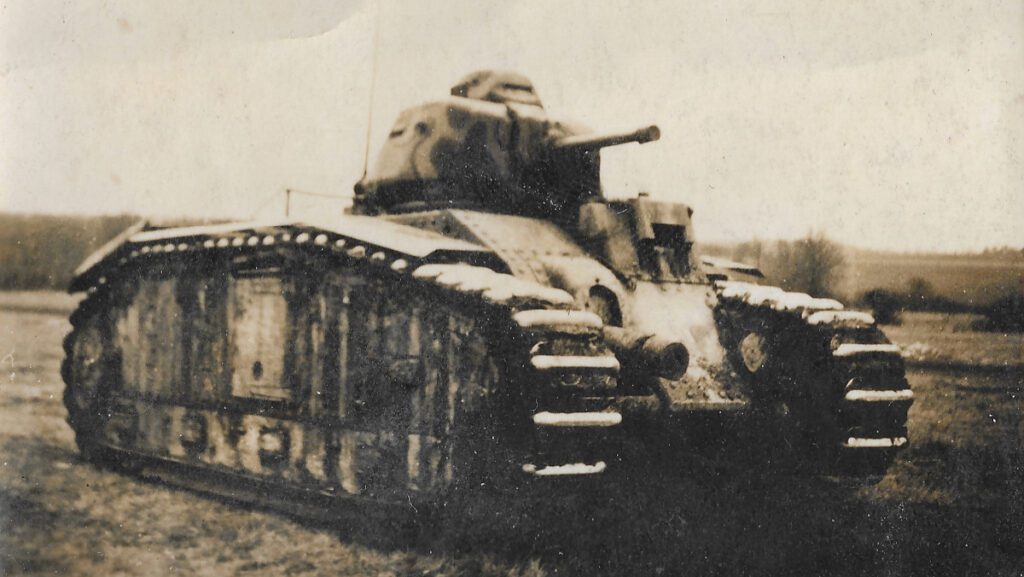
Imagine his surprise when he came upon a line of seven tanks, waiting to engage his forces. With the element of surprise on his side for once, Billotte made use of a tactic that would become popular among tank commanders of all sides during the war: he took out the lead and rear tanks in the column, leaving the other five easy pickings.
With the return fire from the German simply bouncing off his Char B1’s armor, Billotte and his crew made easy work of the initial seven tanks, before continuing and destroying another six throughout other parts of Stonne. This video goes into the details of that morning:
It was an amazing feat of arms, and left the Germans bloody. However, as brave and amazing as the attack was, it wouldn’t be enough: there were simply too many Germans. The next day, three of Billotte’s tanks were knocked out by concentrated fire and the defence of the town collapsed.
As fierce as the French fought, the element of surprise would prove too much to overcome, no matter the heroics of men like Pierre Billotte. Still, though, stories like the battle of Stonne prove that the fight was never as one-sided as popular history tends to portray.
Podcast episodes about the Battle of Stonne
Articles you may also like

The Two Countries That ‘Escaped’ The Scramble for Africa
The Scramble for Africa is often recognized as the beginning of colonialism and European Imperialism. Beginning in 1884, the scramble brought most of the African continent under European control, barring two countries – Liberia and Ethiopia. However, debate continues over whether these regions truly escaped colonialism as they grapple with the same colonial legacies that […]
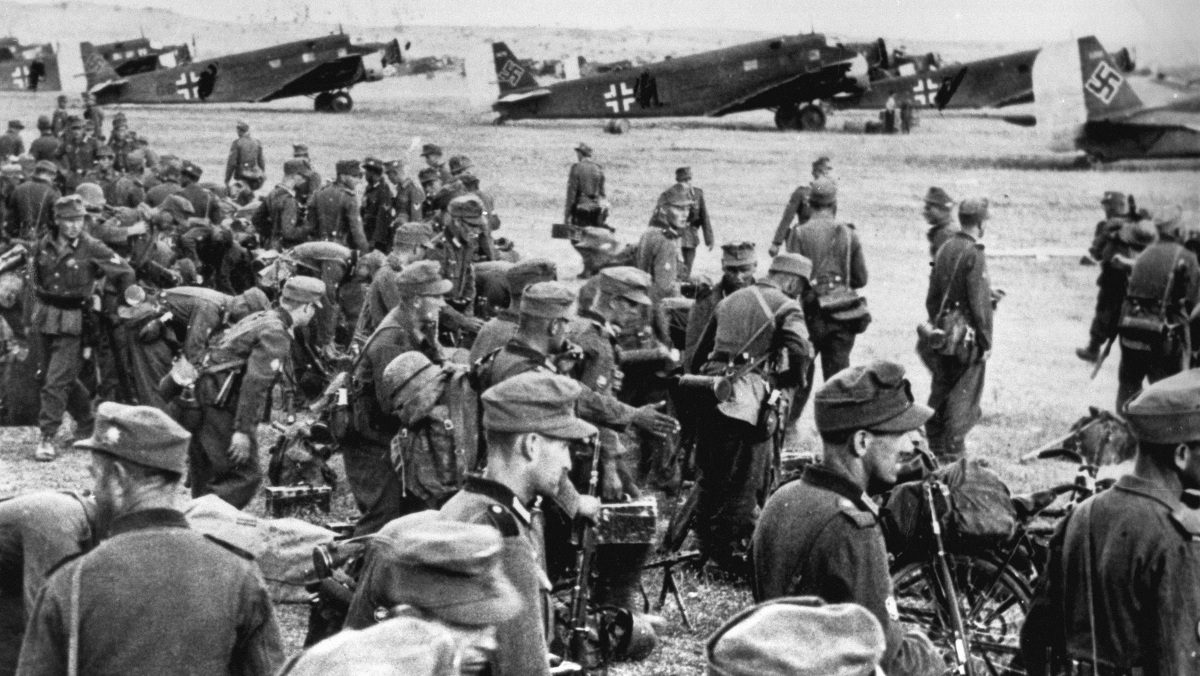
The Battle for Crete: Hard Fought
Reading time: 8 minutes
Wherever they fought in the Second World War, Australian troops acquitted themselves well. They escaped the clutches of the Afrika Korps in the Benghazi handicap and soon after helped hold back Rommel at the second battle of El Alamein. Even certain defeat couldn’t stop Australian troops, like in Crete, where they and their New Zealand counterparts fought a rearguard action that delayed the German war effort considerably.
The text of this article was commissioned by History Guild as part of our work to improve historical literacy. If you would like to reproduce it please get in touch via this form.

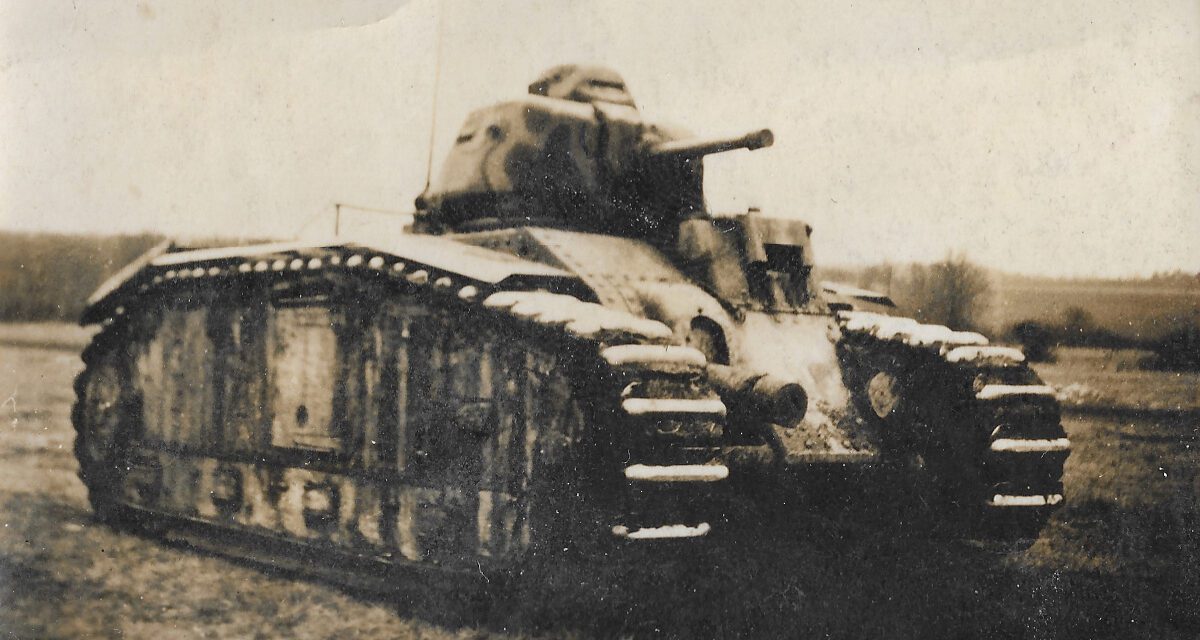




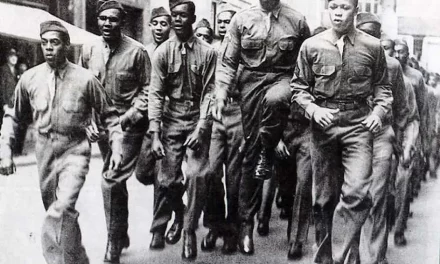
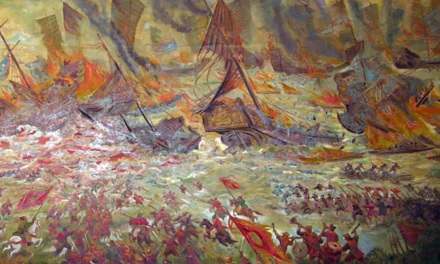
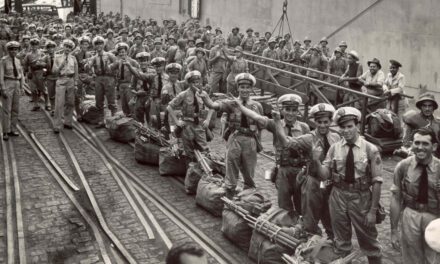

Trackbacks/Pingbacks